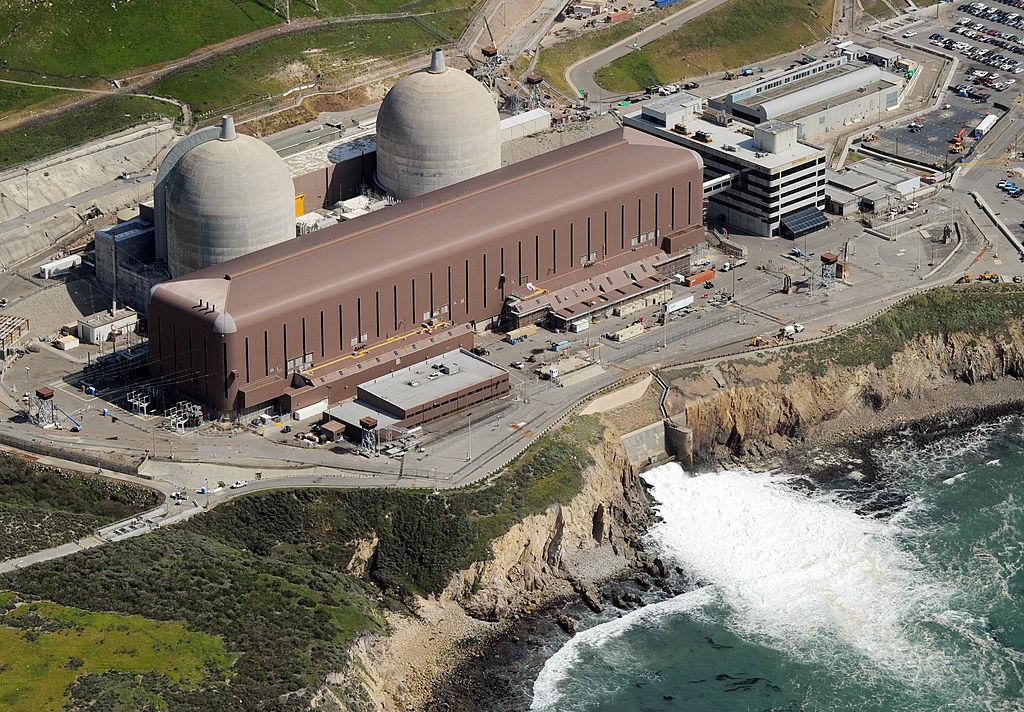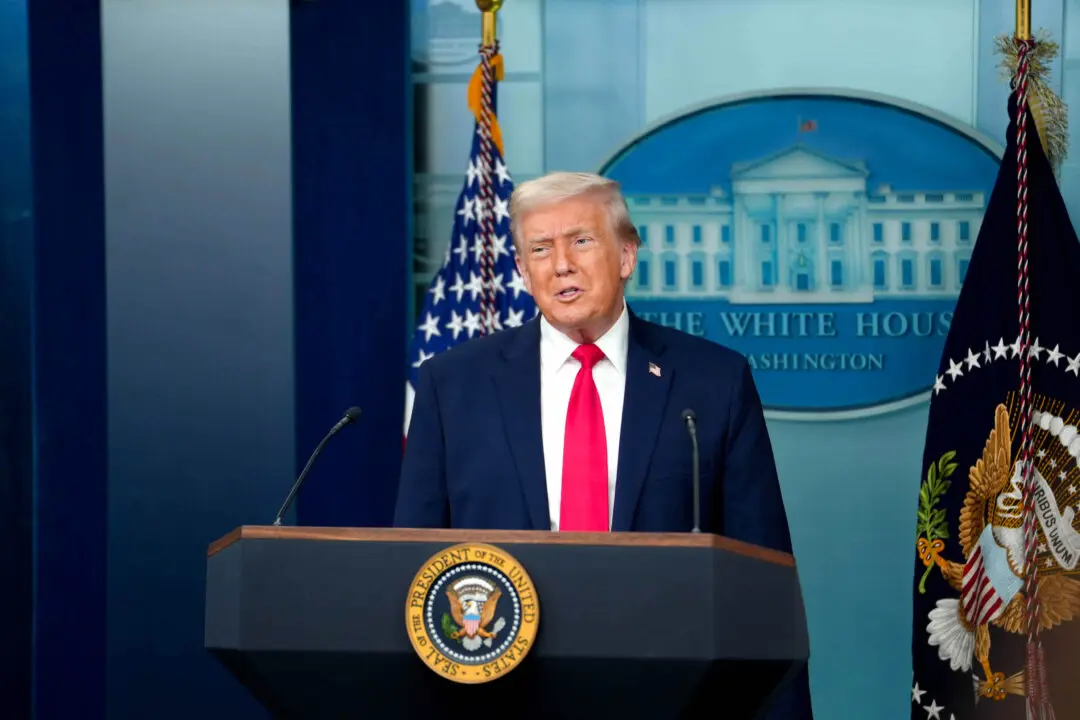With renewable energy sources failing to deliver enough power to supply demand, evolving political narratives have altered plans for nuclear power plants in California and beyond.
“Reality happened,” Jacopo Buongiorno, director of the Center for Advanced Nuclear Energy Systems and professor of nuclear science and engineering at the Massachusetts Institute of Technology (MIT), told The Epoch Times. “The renewable energy sources that some were expecting to replace nuclear power failed to reliably supply enough power.”





